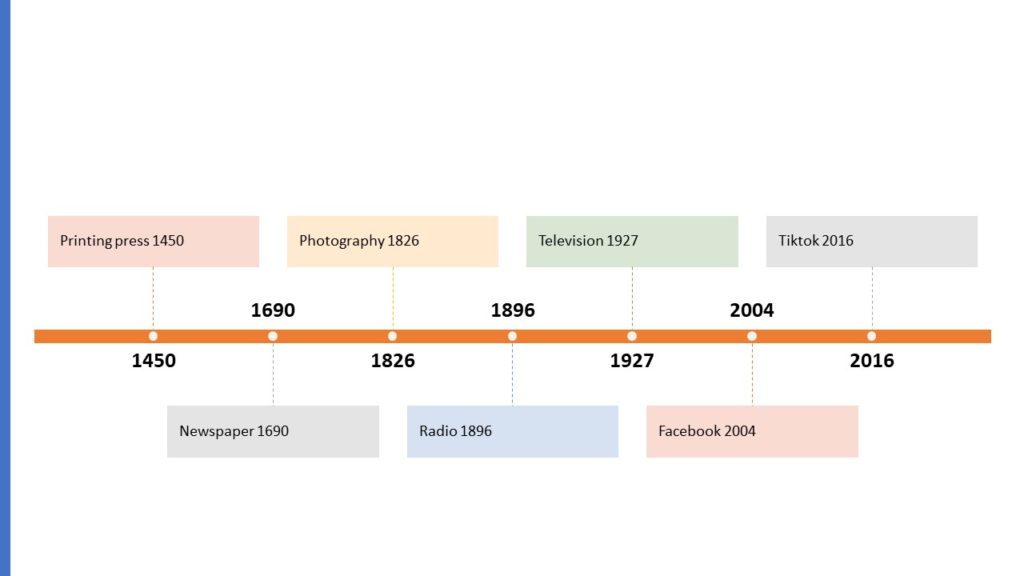Semiotics
Sign- stands in for something else
Code- used to construct meaning in media forms
Convention- the accepted way of doing something
Dominant signifier- the main thing that stands in for something else
Anchorage- words that go along with an image to give meaning of context
Ferdinand de Saussure:
Signifier- stands in for something else
Signified- thing or idea trying to be evoked
C S Pierce:
Icon- physically resembles thing or idea
Index- direct relation to thing or idea
Symbol- no relation/ decided by society two things should be linked
Roland Barthes:
Signification- process of the construction of meaning from the signs
Denotation- first level analysis (what a reader can see on the page)
Connotation- meanings or associations we have with the image
Myth- naturalizes events turning history into nature
Ideology- a world view about how society should fuction
Radical- out of the ordinary or something you wouldn’t expect
Reactionary- follows stereotypes or something you expect
Syntagm – where signs occur in sequence or parallel and operate together to create meaning
paradigm – A paradigmatic relationship is one where an individual sign may be replaced by another.
Ferdinand de Saussure ; 26 November 1857 – 22 February 1913) was a Swiss linguist, semiotician and philosopher. His ideas laid a foundation for many significant developments in both linguistics and semiotics in the 20th century He is widely considered one of the founders of 20th-century linguistics and one of two major founders (together with Charles Sanders Peirce) of semiotics, or semiology, as Saussure called it.
Charles Sanders Peirce began writing on semiotics, which he also called semeiotics, meaning the philosophical study of signs, in the 1860s, around the time that he devised his system of three categories. During the 20th century, the term “semiotics” was adopted to cover all tendencies of sign researches, including Ferdinand de Saussure‘s semiology, which began in linguistics as a completely separate tradition.
Barthes’ Semiotic Theory broke down the process of reading signs and focused on their interpretation by different cultures or societies. According to Barthes, signs had both a signifier, being the physical form of the sign as we perceive it through our senses and the signified, or meaning that is interpreted.



